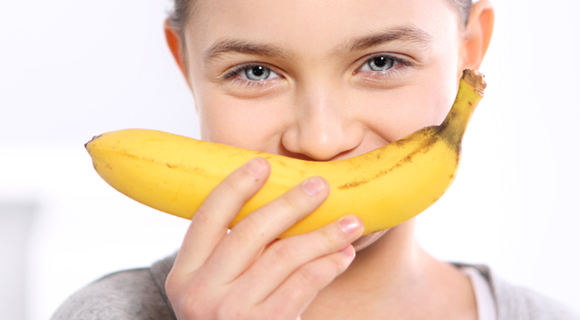
Are trendy foods really healthy?
Trendy Foods: Totally Fab? Or a Total Flop?
The word “trending” has officially hit the health-food world. But before you buy, very literally, into the hype, make sure you read up on which health food trends have really earned their stay, and which are soon to expire.
Açaí berries
What is it?
A native of Brazil, this fruit comes ripe with antioxidants. It’s also pretty versatile, and can be purchased dried, in capsules, powdered, or even juiced.
What’s the word on the street?
Fans claim that these berries can help boost weight loss, slow aging, up your energy, and prevent disease and cancer.
What’s the truth?
Açaí berries are often costly, and there’s no real evidence of their health benefits. In other words, the jury is still out on this one. Hang tight while the health world gathers more information about the actual effects of açaí berries and the level of antioxidants really present in products on the market.
The verdict (for now)
Push “pause” on the açaí berry stockpile and put your money toward foods with a proven antioxidant track record, such as blueberries, raspberries, or red kidney beans.
Agave Nectar
What is it?
A sweetener derived from the agave plant.
What’s the word on the street?
When it comes to market politics, you’ll likely find agave in the health foods aisle. That’s because it’s marketed as a healthy option with a low glycemic index (GI), meaning it won’t cause your blood sugar to “raise the roof” quite as much as some other sweeteners.
What’s the truth?
Agave has a low GI because of its high fructose content. You can thank the high fructose levels for about 90 percent of its sweetness. You can also thank it for a potentially elevated triglyceride count, which can be triggered by fructose in large doses…which can promote obesity. Wait—what?
The verdict
Small amounts are okay, and agave is a lot sweeter than sugar, so you can use less of it. But (yes, there’s a “but”) do practice moderation. Deal?
Coconut water
What is it?
This one’s pretty self-explanatory. It’s the light, sweetly flavored liquid that you’ll find inside young coconuts—hence, coconut water.
What’s the word on the street?
Coconut water = electrolytes and potassium.
What’s the truth?
This ought to sound familiar by now: Lots of claims that have been made about coconut water have yet to be verified, or even researched. It does have quite a bit of potassium and comes in at only 60 calories per 11 ounces, but the cost of replacing regular H20 with the coconut variety can hit your wallet—hard.
The verdict?
Eat a banana. A large one will give you the same amount of potassium, which means more bang for your buck.
Three cheers for a true celebrity of the food world: the parsnip
While some foods are all the rage right now, don’t forget about all those less glamorous foods that are both tried and true, like the parsnip. This root has a low GI, is high in fiber, and packs a whole lotta flavor punch.
While the parsnip has yet to make an appearance on the red carpet, it’s more than ready for its big “bake.” Chop and roast this root veggie with olive oil, garlic, onions and rosemary. Bake at 400 degrees for about 20 minutes (or until tender) and enjoy.
Now, cue the applause.
Reviewed by: Carole Bartolotto, MA, RD, June 2014
Additional Kaiser Permanente reviewers
©2014 Kaiser Permanente





